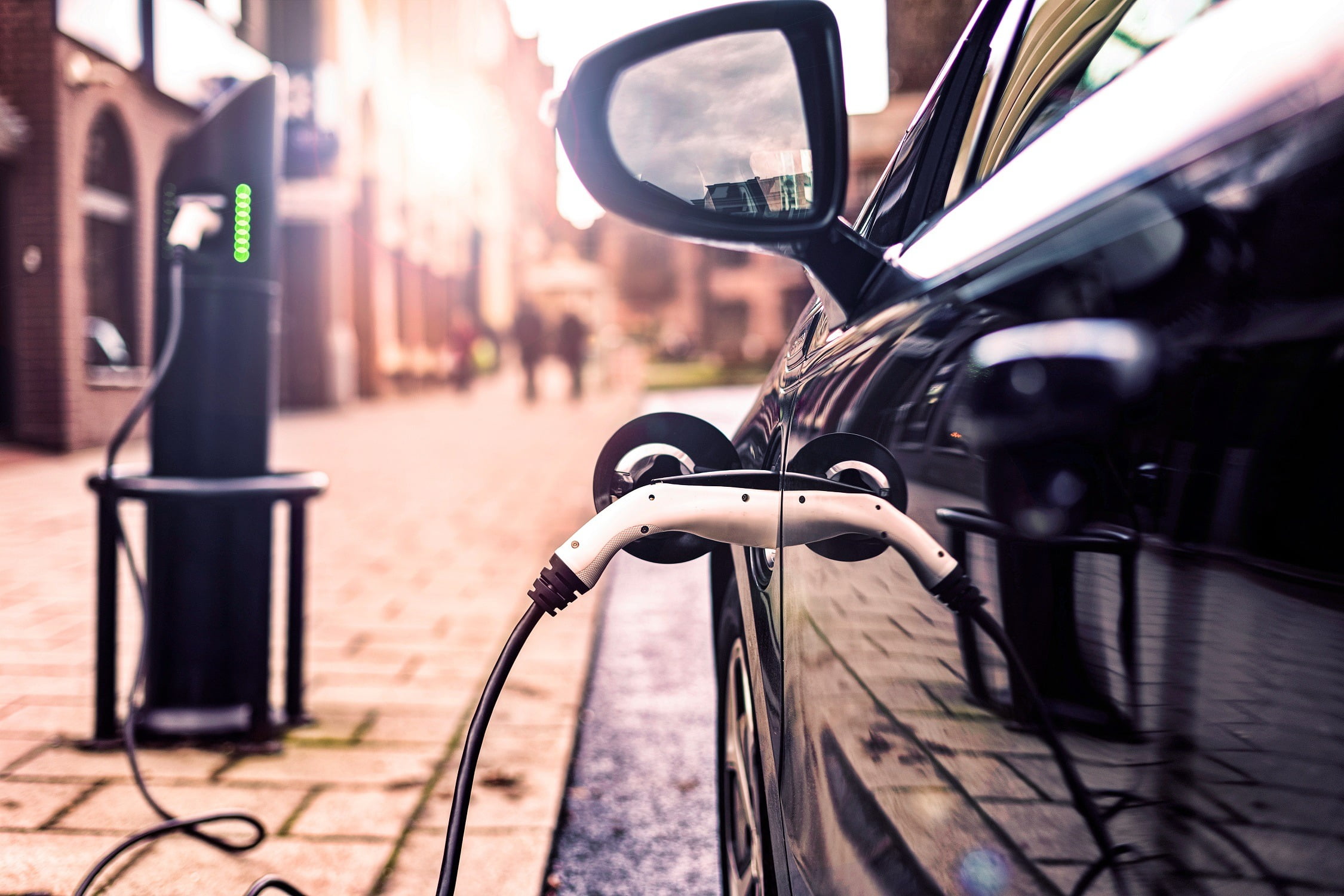
5 things to consider before installing EV charge points on site
If your business is thinking about investing in EV charging points, however, there are a few questions you should consider before you make any decisions.
The number of electric vehicles (EVs) on UK roads is rising rapidly – in 2020, 175,000 new EVs were registered in the UK, an increase of 66% from the previous year. With petrol and diesel engines set to be banned in new vehicles from 2030, many businesses are realising the opportunities that having on-site EV charging facilities can bring.
If your business is thinking about investing in EV charging points, however, there are a few questions you should consider before you make any decisions – such as…
- Who will be using them?
It’s important to consider who will be using your charge points, and how they will be using them, as this will help you to determine which type of charge point(s) you will need. When it comes to speed, charge points vary significantly – a rapid charger (50kW-120kW) can provide full charge in as little as an hour, whereas slow charge points (<3.7kW) often take 10-14 hours to fully charge an EV. So before you invest in charge points, think about what users will need from them – can they afford to wait, or do they need to quickly charge their EV and go?
If you’re investing in charge points to charge your EV fleet, for example, and you’re planning to charge your entire fleet overnight so the vehicles are ready to go in the morning, then you may wish to invest in slower charge points. As your EVs will be charging overnight, there’s no real need for faster (and usually more expensive) charging points. You may also opt for slower chargers if you’re providing them for your staff, as they should be able to charge them for the duration of their shift. If you’re aiming to provide charge points for customers, however, you’re likely to need rapid chargers, as many customers simply won’t be willing to wait around for the time it takes a slow charging point to charge their EV.
- How will your system affect your Agreed Supply Capacity?
Installing EV charge points will increase your site’s electricity demand, so you need to get to grips with how much electricity you’re currently consuming and when you’re using it before you plan your charging system. Crucially, you need to understand your maximum demand – the highest amount of electricity used at your site at any given time.
Once you have this information, you need to work out how much additional demand your EV charge points will create. To do this, you need to consider when your charging points will be used, how many EVs are likely to use them at the same time, and which types of charger you will install (rapid chargers typically require more power than slower chargers).
You can then compare your maximum demand estimate (with EV charge points in place) with your Agreed Supply Capacity (ASC), which will be set out in your connection agreement. Your ASC is the maximum amount of power you’re allowed to take from the grid at any time, and exceeding it will leave you facing expensive excess charges. If your EV charge points takes you above your ASC, or your total EV demand is more than 30% of your total site demand, you will need to either ask your Distribution Network Operator (DNO) to provide your site with more power or look for charge points with features that can help to minimise your maximum demand.
- Which features do you need in a chargepoint?
Charge point technology is constantly evolving, which means there’s an ever-growing list of features offered by different developers and providers. When you’re considering your options, you should have a clear idea of which features will provide the most benefit to your business to ensure you invest wisely.
You may want charge points that have smart charging capabilities, for example, as these chargers are able to manage demand on your charging system in real time. This could help you to stay within your ASC and potentially avoid the need for your DNO to upgrade your available capacity. Some smart charging chargers can even help to reduce your energy costs by charging your EVs during low demand periods, so you can minimise expensive time-of-use (ToU) charges.
Another handy feature now embedded in many charge points is load management, which adapts the speed at which vehicles are charged according to total demand on your charging system. If there’s just one EV connected to your charge points, for example, it may be charged at 22kW, whereas if there are multiple EVs charging at the same time the charging rate may drop to 5kW. Load management systems can also be set up to limit the proportion of your site’s total energy supply that your charge points can use, so you can avoid exceeding your total capacity.
- How can you get the most value out of your investment?
You may simply be investing in EV charge points because you want to charge your EV fleet on-site, but you should also consider the opportunities that charge points can offer in terms of creating new revenue or saving money for your business, as this may influence which charge points you choose.
A growing number of charge points now include Vehicle-to-Grid (V2G) technology, for example, which enables energy to flow both to and from the EV when it is plugged into the charge point. This essentially turns EVs into portable batteries that can store energy and discharge it back to the grid when it’s most needed (during times of peak demand). With V2G technology in place, you could save £250-£450 a year per charger – the equivalent of driving around 9,000 miles. It’s therefore worth thinking about investing in charge points that are fitted with V2G technology, as it could help your business to reduce its electricity bills.
If you’re thinking about putting charge points in place for customer use, you can create a new revenue stream for your organisation by charging your customers to use them. If there aren’t many charging points near your business, you may even be able to attract new customers by offering charging facilities – check out ZapMap to see what’s currently available to EV owners in your area.
- Can you access funding?
Before you invest in new charge points, check whether you’re eligible for the Government’s Workplace Charging scheme. The scheme is designed to support businesses with the upfront costs of EV charge points that are for staff and fleet use. If you’re eligible, you could receive a contribution of up to 75% of your purchase and install costs, with a maximum of £350 for each socket and a total of 40 sockets across all sites. Check whether you’re eligible here.
Ready to seize the EV charging opportunity?
Our experts can help you to work out where EV charging can fit into your wider energy strategy, work out your maximum demand and ensure that your ASC is set at the right level, so you can simply enjoy the benefits of your EV charge points. To find out more, call us on 01772 689 250 or email [email protected].










